Ever since YouTube revived the favorite ’80s coming-of-age martial arts film Karate Kid (I am going to ignore the sequels and so should every karate lover), the question of the roots of Cobra Kai karate is back in the buzz. Which country is it rooted in? Is Cobra Kai a real dojo? Who started it and when?
After a quick search online and a quicker binge of the two seasons of the Cobra Kai series, here’s what I have found.
Even though Cobra Kai is not a real dojo or a karate form, its roots mainly go back to the Korean Karate, Tang Soo Do. It also incorporates Shotokan karate, Judo, and even parts of the American military hand-to-hand.
In The Karate Kid Part III, it is revealed that the evil duo John Kreese and Terry Silver studied under Master Kim Sun-Yung in South Korea, but this is not solid evidence that the Cobra Kai style is rooted in Korean martial arts.
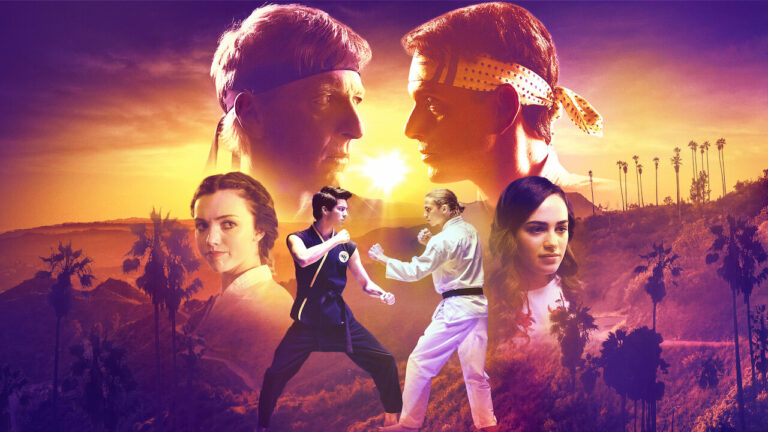
All in all, there is a consensus that it is a mixed style with an emphasis on aggression and an overall “whatever works” philosophy.
1. What Is Cobra Kai?
In the absence of a clearly defined origin of the art form, Cobra Kai is pretty much all about the use of the dark side.
Since its interpretations are many, the series looks at defining its own meaning of the principles behind fighting for survival.
It is quite clear from the start of the Cobra Kai series that the showrunners are in it to restore the balance that was disturbed in the original Karate Kid film where a righteous lad learned karate to beat up the evil bullies.

The whole idea of black and white, good and evil, is being re-examined in the series in a bid to restore balance.
So on one side, if Mr. Miyagi’s karate was only for self-defense, Cobra Kai is all about self-offense. Quite literally, its first rule is to always Strike First.
But instead of how the movie series portrayed it as something evil and unrighteous, the series brings out the necessary survival aspects of a fight, in both a match and life in general.
So the series sees the star student of Cobra Kai dojo, Johnny Lawrence, to revive the art form and reimagine it for the present-day digitized world.
He trains his students, who are a group of misfits and include children of color or those with physical deformities, to fight the biases against them and rewrite their stories.
He uses Cobra Kai to help them combat cyberbullying, bullying in schools, and other discrimination. It’s the way of the first through and through.
“Screw that lame meditation bullshit. What you need is bone-crunching, face-smashing, good ol’ American karate. Enough about self-defense. Learn self-offense! Don’t be a pussy. Join Cobra Kai, and let me teach you the way of the fist.”
JOHNNY LAWRENCE
2. Is Cobra Kai Evil?
The question of how morally correct Cobra Kai is, remains central to the series. But after portraying it as potentially moral initially, the series seems to reinstate the immorality of Cobra Kai in season 3.
Well, it is dark and deadly, just like the animal in its name. Meanwhile, Johnny Lawrence is clearly learning the art of holding the poison in his throat but not poisoning his own life with it, just like a cobra. But he does not seem to be doing a great job.
Originally established by Terry Silver and John Kreese, the movie Cobra Kai was merciless.
It teaches to attack an enemy’s weakness and destroy them, even in face of no immediate danger. Much of Kreese’s way of training is unknown. However, it follows two different creeds.
The first creed spraypainted proudly on the walls is:
- Strike First
- Strike Hard
- No Mercy
The second creed shows an emphasis on the third rule:
“We do not train to be merciful. Mercy is for the weak. Here, on the streets, in competition: A man confronts you, he is the enemy. An enemy deserves no mercy.”
3. The New Cobra Kai
The principle of no mercy clearly screws up the lives of Kreese’s students, including Johnny’s.
Instead, the series Cobra Kai dares to reinvent itself with a new story. The story of two cobras, in a bid to restore honor to the dojo.
Following the tournament, Sensei Johnny Lawrence realized that without restraint, he inadvertently turned the students into the very people he and his fellow students used to be in 1984.

So he implemented a lesson in an attempt to reign it in. He was specifically mad that Miguel and Hawk resorted to illegal tactics to win. To prove his point, he asks the following:
“Two Cobras in the jungle. One kills the strongest lion. The other kills a crippled monkey. Which Cobra do you want to be?”
Sensei Johnny Lawrence
The lesson being that a Cobra is the most badass when it beats a strong opponent. Not when their back is turned or when they are injured.
As he said, failure to comply with the new rule would cause the offenders 50 pushups on their knuckles. As well as reduce the rest of the class to white belts to further motivate them.
While not emphasizing the Miyagi family’s attitude of “Karate for defense only”, he also discarded Kreese’s cruelty.
Lawrence seems to promote the concept “the best defense is a good offense” but also warns students that certain moves could result in severe bodily injury and are only to be used in extreme scenarios.
Unfortunately for Miguel, showing mercy gets him tossed off the first-floor balcony, rendering him nearly paralyzed. In season 3, we see Kreese taking back the Cobra Kai dojo and returning to his principles of showing no mercy.
4. When Cobra Kai Teaches Mercy
Sensei Lawrence’s Cobra Kai does teach mercy and the lesson can be summed up in his own words.
“To be a great fighter, you’ve got to learn to adapt. This creed on the wall. Follow it to the letter and it will make you strong. It will make you formidable, but it will also make you an asshole.
Because that’s just black paint on a white wall, but life’s not black and white. More often than not, it’s grey. And it’s in those grey areas when Johnny Lawrence’s Cobra Kai sometimes shows mercy.
It doesn’t mean you can’t be badass. That’s still a requirement, but you have to learn to think not just with your gut or your fists. To really use this (your head).”
Sensei Lawrence’s Cobra Kai

5. About Cobra Kai
Cobra Kai is an action drama that is a reboot/sequel of The Karate Kid movies. It premiered on YouTube in 2018, and subsequently moved to Netflix. The series stars Ralph Macchio, William Zabka, Xolo Maridueña, Tanner Buchanan, Courtney Henggeler and Mary Mouser.
When Johnny Lawrence opens the Cobra Kai dojo to teach his bullied teenage neighbor, Miguel, how to defend himself, his age-old rivalry with Daniel LaRusso is ignited once more. Will their rivalry continue to affect their present lives and those they love, or will they be able to bury the past?
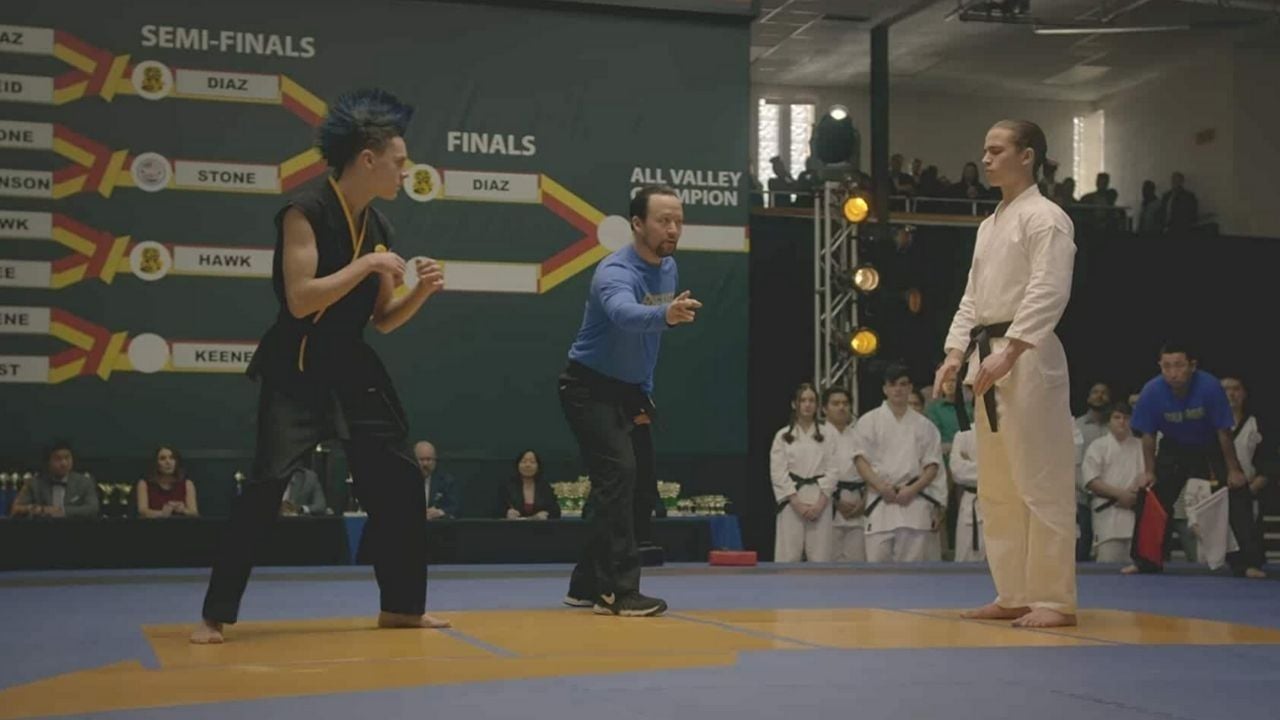
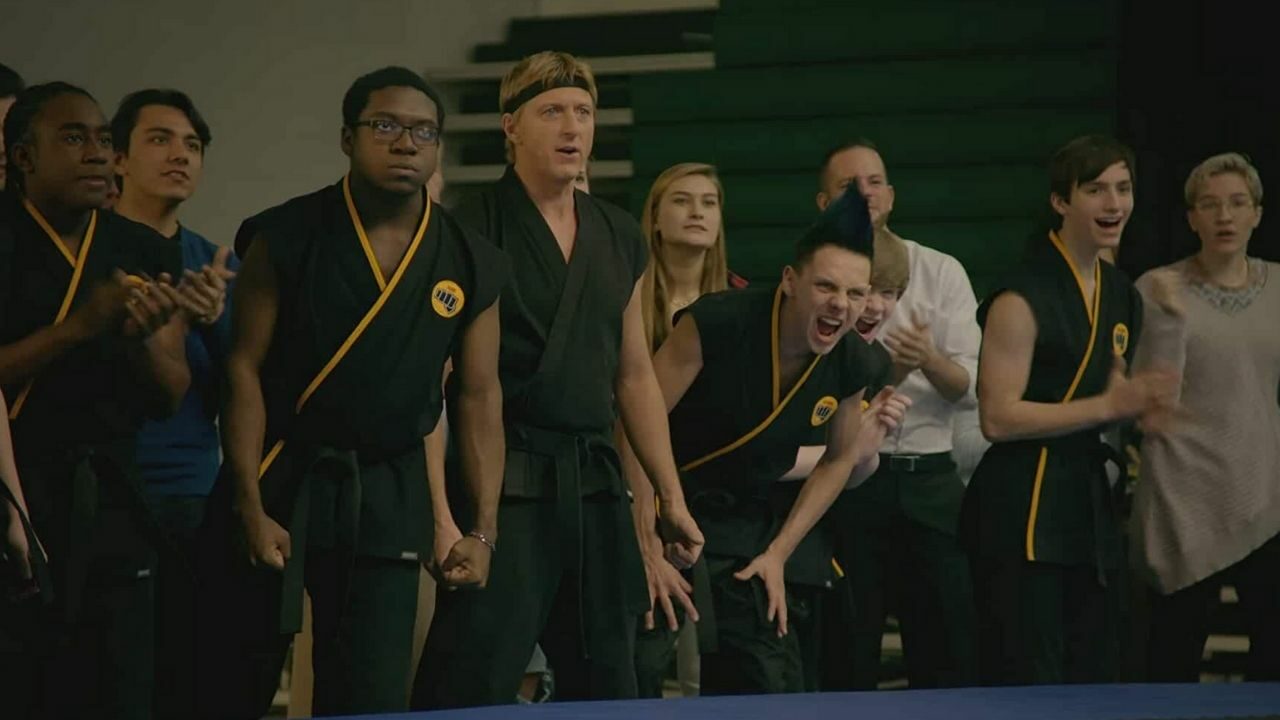
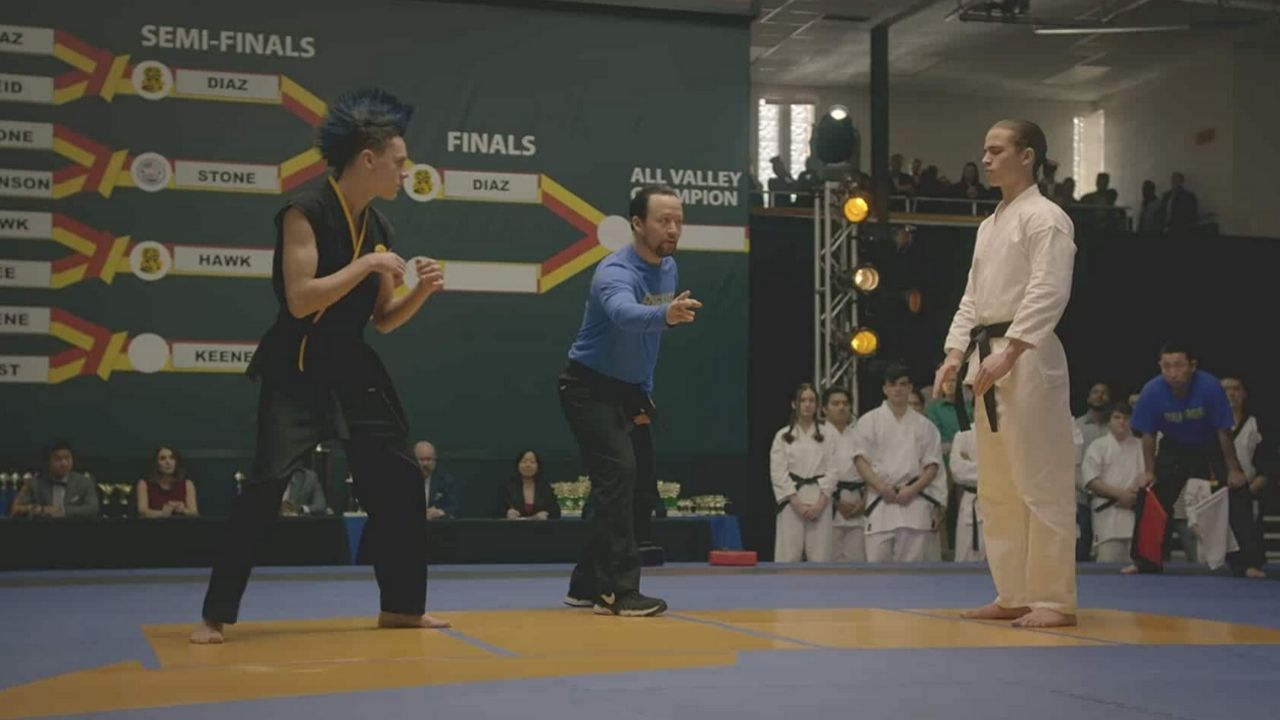
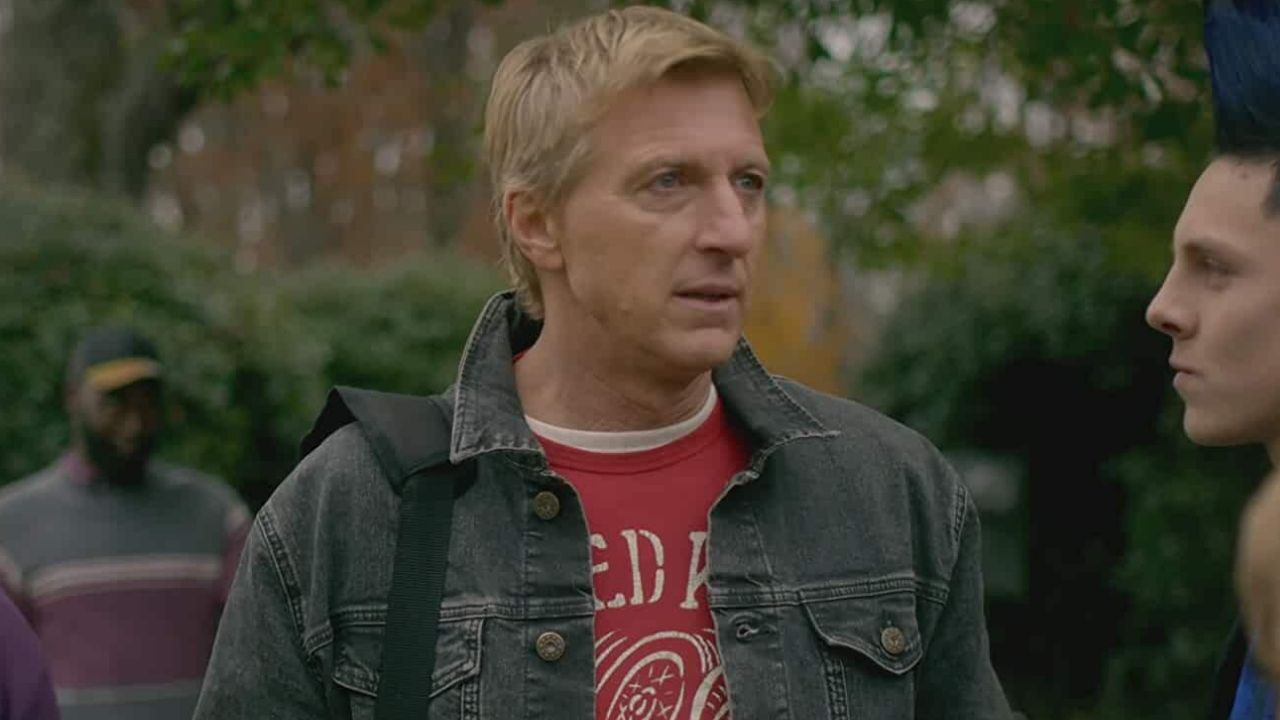
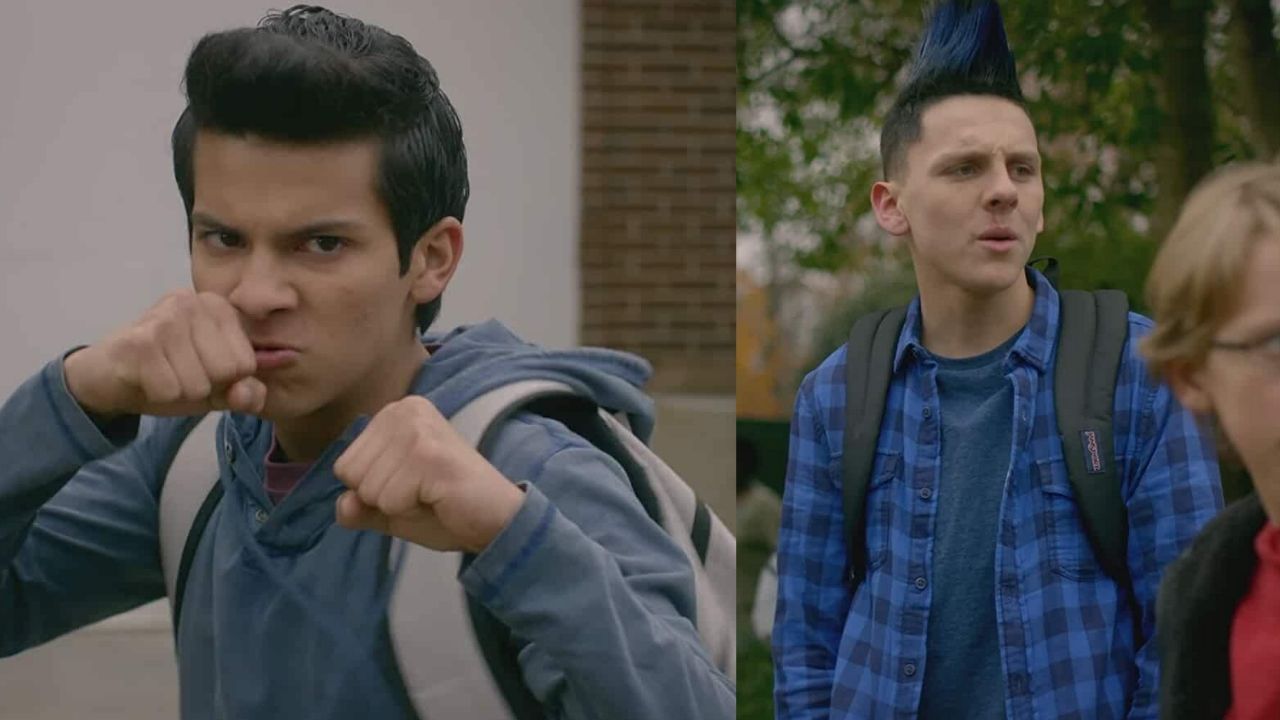
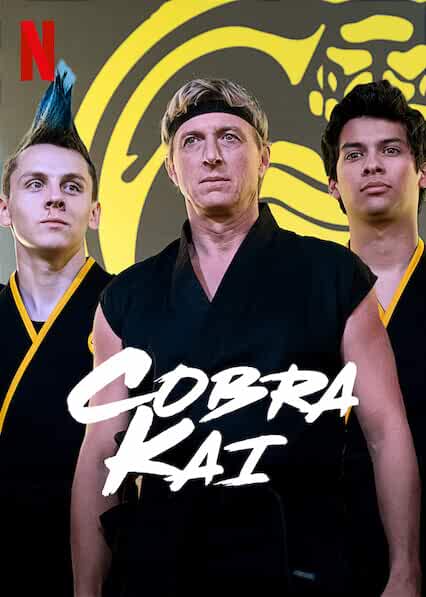
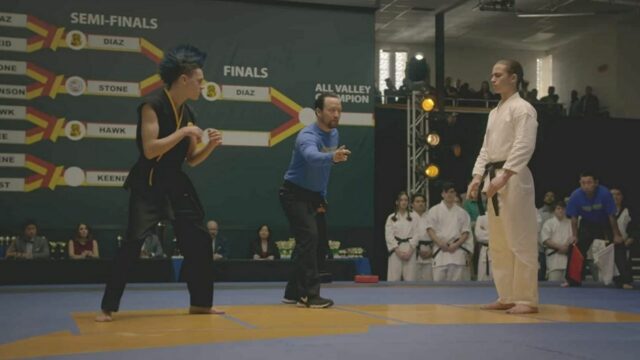
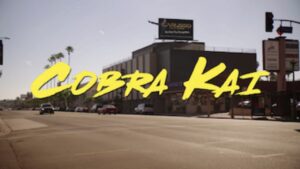
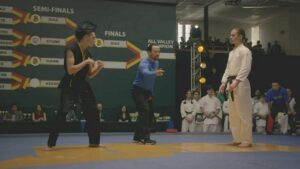
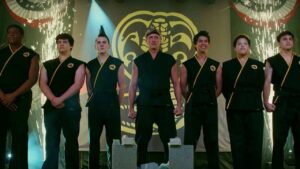
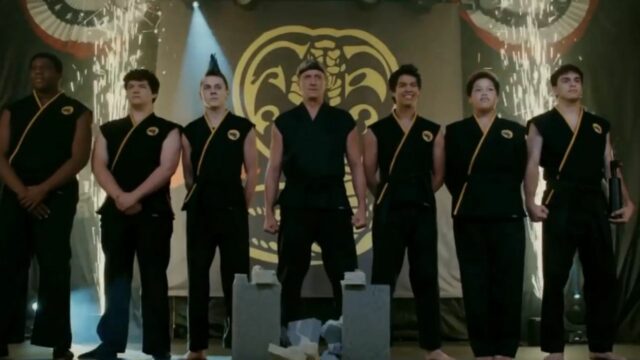

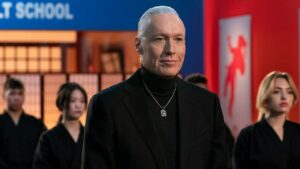
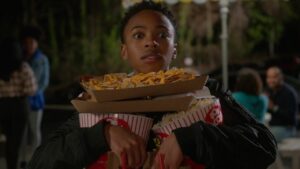
No Comments on What Form of Karate Is ‘Cobra Kai’ Based On?